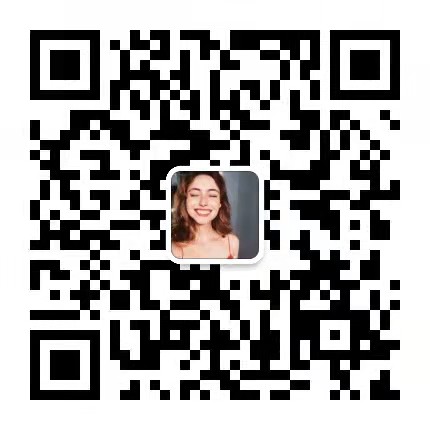Hello! I'm John Russell.
大家好!我是约翰·拉塞尔。
Let's continue our exploration of common words, phrases and questions.
让我们继续探索常用词、短语和问句。
In recent lessons, we studied expressions such as "excuse me," "thank you," and "you're welcome."
在最近的课程中,我们学习了诸如“excuse me”、“thank you”和“you're welcome”之类的短语。
Now, we need to start including some useful questions.
现在,我们需要开始学习一些有用的问句。
Our question for today is this: "Where is ____?"
我们今天要学习的问句是:“Where is ____?”
Please note that we need a noun or noun phrase to complete our question.
请注意,我们需要一个名词或名词短语来完成这个问句。
More about that later.
稍后会详细介绍。
First, let's focus on pronouncing "Where is" as clearly as possible.
首先,让我们把重点放在尽可能清楚地发出“Where is”的音。
We can simplify our expression by combining "Where" and "is" to make the following: "Where's".
我们可以通过组合“Where”和“is”来简化这个短语:“Where's”。
Repeat after me: Where's, Where's.
跟我念:Where's,Where's。
We can focus on the last sound first.
我们可以先重点关注最后一个音。
It sounds like this: -z.
它听起来像这样:-z。
Now, repeat after me: -z, -z.
现在,跟着念:-z,-z。
Now, we can work on the word "where."
现在,我们来学习“where”这个词。
Perhaps our most difficult sound is the -er sound at the end of the word.
也许我们最难读的音是这个单词末尾的-er音。
So, let's work on saying -er as clearly as possible.
所以,让我们尽可能清楚地发-er音。
Remember: your tongue should be pulled a little ways back from your top teeth. -er -er.
记住:舌头应该从上牙向后拉一点。-er,-er。
Now, let's combine sounds: -er -z, -er -z.
现在,让我们把两个音合起来读:-er -z,-er -z。
After all of that work it should be pretty easy to put the entire structure together: Where's Where's.
在完成所有这些工作之后,把整个结构合起来读应该很容易:Where's,Where's。
What comes after "Where's?"
“Where's”后面接什么?
Any kind of noun or noun phrase you can imagine.
任何你能想象到的名词或名词短语。
That's all for today! Keep up the good work!
今天就到这里吧!继续努力!











